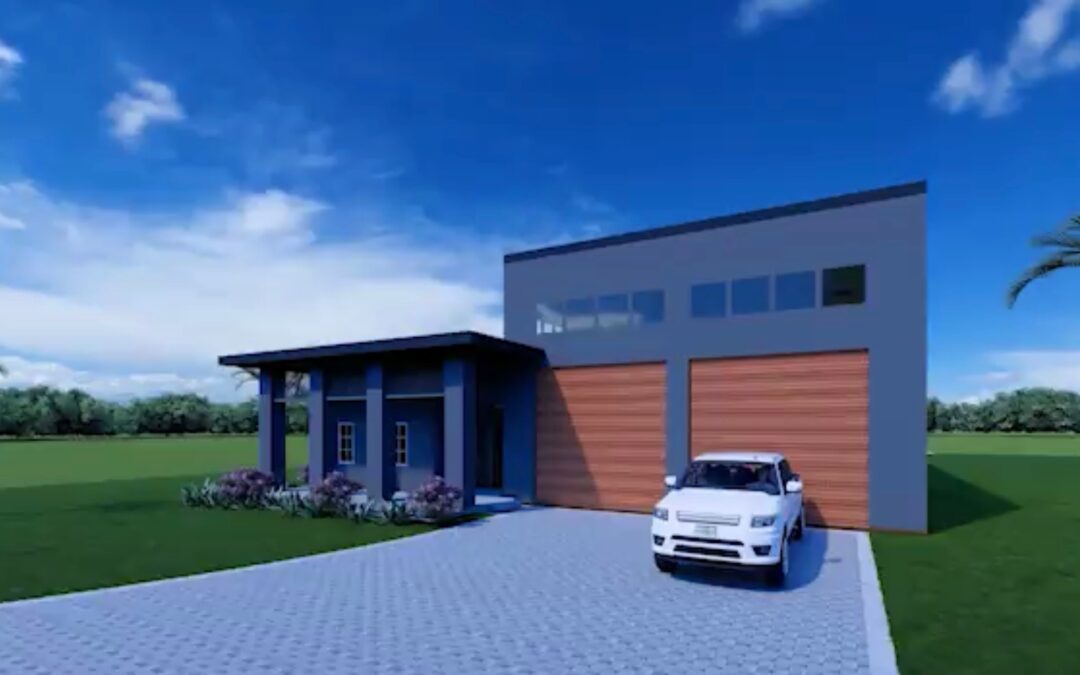When we embarked on designing Race Villas Sebring, sustainability and longevity were at the forefront of our minds. Our initial plans included a rubber roof, but as we delved deeper into the project, we made a significant change – opting for a long-lasting metal roof instead. Let’s explore why this switch was essential for our vision and aligns with our commitment to responsible building practices.

Durability: A Roof Built to Last
Rubber roofs offer a degree of durability, but nothing quite matches the lifespan and resilience of metal roofing. Here’s where metal truly shines:
-
Weather Resistance: Metal roofs stand strong against all nature throws their way – hail, heavy rains, snow, scorching sun, and even hurricane-force winds. Rubber, while initially tough, is more susceptible to damage, punctures, and degradation over time.
-
Minimal Maintenance: With metal, we’re looking at decades of low-maintenance performance. Rubber roofs require regular inspections and may need patching or recoating, leading to more maintenance costs.
-
Ultimate Longevity: A properly installed metal roof can last 40-60 years, with some premium materials expected to last longer. This far surpasses the lifespan of a rubber roof like TPO, which typically lasts 15-20 years.
Tropical Storm Resilience: Metal Roofs Rise to the Challenge
While inland, Race Villas Sebring is located in a region susceptible to tropical storms. Here, the durability difference between metal and rubber roofs becomes even more critical:
-
Wind Resistance: Metal roofs can be rated to withstand winds of 140+ mph, essential in hurricane-prone areas. TPO roofs, while offering some wind resistance, are more likely to suffer tears or have seams peel back in severe storms.
-
Impact Resistance: Metal roofs often hold a Class 4 impact resistance rating, meaning they can handle significant hail and flying debris without denting or puncturing. TPO is more vulnerable to this type of damage, which can lead to leaks.
The longevity factor and resilience in storm conditions were crucial for Race Villas Sebring. We envision this structure enduring for generations, and a metal roof aligns with that goal.
The Environmental Case for Metal
Beyond durability, the switch to metal brings significant environmental benefits:
-
Lowered Wall Height: One of the biggest surprises was this – a metal roof allowed us to reduce our wall height by a significant 6 feet. Less material used means a smaller carbon footprint right from the start.
-
Energy Efficiency & Temperature Control Metal roofs are fantastic at reflecting sunlight. This translates into huge benefits for our large, air-conditioned garage space. The reduced heat gain will significantly lower the strain on our HVAC system, leading to substantial energy savings over the building’s lifetime. A metal roof can reduce cooling costs by up to 25% compared to traditional roofing materials.
-
Recyclability: At the end of its long life, a metal roof is fully recyclable. Rubber, like TPO, often ends up in landfills. This commitment to the end-of-life cycle of our chosen materials was key to our decision.
Victory Lap for Sustainability: Our Race Villa’s Metal Roof Upgrade, The Right Choice for Our Project
While rubber roofs have their place, they simply couldn’t match the durability, storm resilience, and environmental advantages that metal offers. We needed something exceptional, and metal checked all the boxes.
We’re excited to see this beautiful and durable roof come to life, knowing it will protect our building for years to come. We believe that responsible design choices like this make a real difference in ensuring our structures can both serve their purpose and exist in harmony with the environment.

Let Us Know Your Thoughts! Have you ever faced a similar design dilemma? Reach out now…
Sources
-
Metal Roofing Alliance: https://www.metalroofing.com/
-
McElroy Metal: https://blog.mcelroymetal.com/metal-roofing-contractors/commercial-roofing-materials-membrane-versus-metal-roofing]
-
Island Metals: https://www.islandmetals.com/blog/extreme-weather-does-metal-roofing-hold-up
-
J. Smucker Contracting: https://www.jsmuckercontracting.com/commercial-roof-lifespan/]

